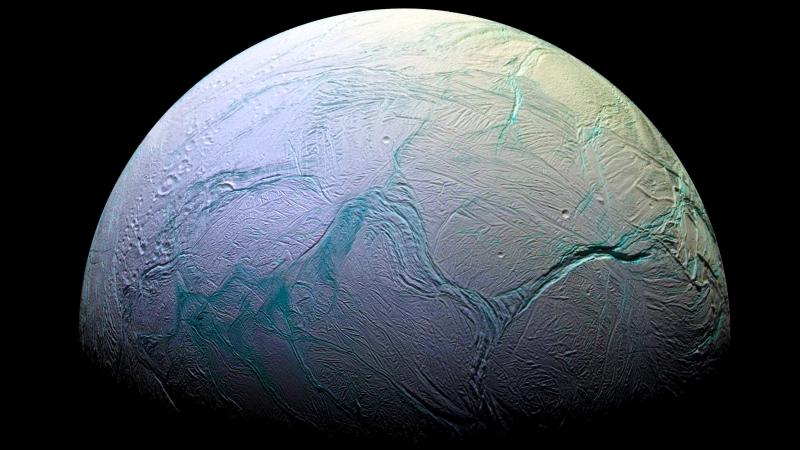Solar flare may have been partially responsible for Titanic's collision with iceberg: Study
Ship may have been directed off-course to fateful encounter with berg, amateur scientist argues.
An amateur weather researcher has put forth the novel claim that the R.M.S. Titanic, which famously sunk on its maiden voyage in April of 1912 after colliding with an iceberg, was driven to its fateful encounter due in part to a solar flare that occurred around the same time.
Mila Zinkova, a retired computer programmer out of San Francisco, wrote in an article in the academic journal Weather last month that "space weather may have affected the navigation and communication of the Titanic in the run up to the disaster."
Zinkova argues that aurora borealis, which was observed in the sky near the sinking that night, may have interfered with the ship's on-board compasses, leading the crew to make navigational adjustments that put the vessel in the path of the iceberg that eventually sunk it.
Chris Scott, a space physicist at England's University of Reading, told Hakai Magazine that Zinkova's theory is at least partially plausible, insofar as multiple eyewitnesses that night, including survivors of the Titanic, said they observed the Northern Lights in the sky.
"The fact that so many people saw the aurora makes me confident that there was a space weather event happening,” he said.















